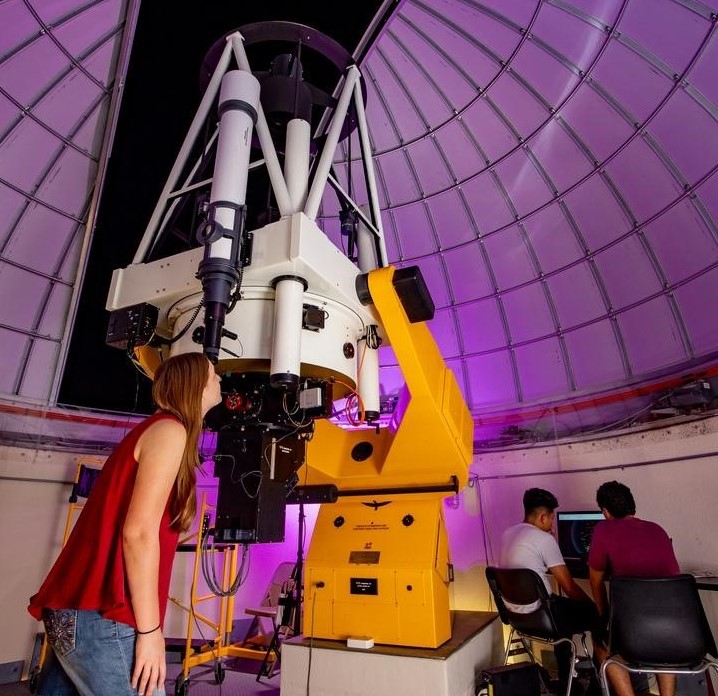Document Type
Article
Publication Title
The Astrophysical Journal
Abstract
NASA's Interstellar Boundary EXplorer (IBEX) mission is imaging energetic neutral atoms (ENAs) propagating to Earth from the outer heliosphere and local interstellar medium (LISM). A dominant feature in all ENA maps is a ribbon of enhanced fluxes that was not predicted before IBEX. While more than a dozen models of the ribbon formation have been proposed, consensus has gathered around the so-called secondary ENA model. Two classes of secondary ENA models have been proposed; the first class assumes weak scattering of the energetic pickup protons in the LISM, and the second class assumes strong but spatially localized scattering. Here we present a numerical test of the "weak scattering" version of the secondary ENA model using our gyro-averaged kinetic model for the evolution of the phase-space distribution of protons in the outer heliosheath. As input for our test, we use distributions of the primary ENAs from our MHD-plasma/kinetic-neutral model of the heliosphere-LISM interaction. The magnetic field spectrum for the large-scale interstellar turbulence and an upper limit for the amplitude of small-scale local turbulence (SSLT) generated by protons are taken from observations by Voyager 1 in the LISM. The hybrid simulations of energetic protons are also used to set the bounding wavenumbers for the spectrum of SSLT. Our test supports the "weak scattering" version. This makes an additional solid step on the way to understanding the origin and formation of the IBEX ribbon and thus to improving our understanding of the interaction between the heliosphere and the LISM.
DOI
10.3847/1538-4357/aa7f70
Publication Date
2017
Recommended Citation
Gamayunov, Konstantin V.; Heerikhuisen, Jacob; and Rassoul, Hamid K., "A Test Of The Interstellar Boundary EXplorer Ribbon Formation In The Outer Heliosheath" (2017). Aerospace, Physics, and Space Science Faculty Publications. 488.
https://repository.fit.edu/apss_faculty/488


